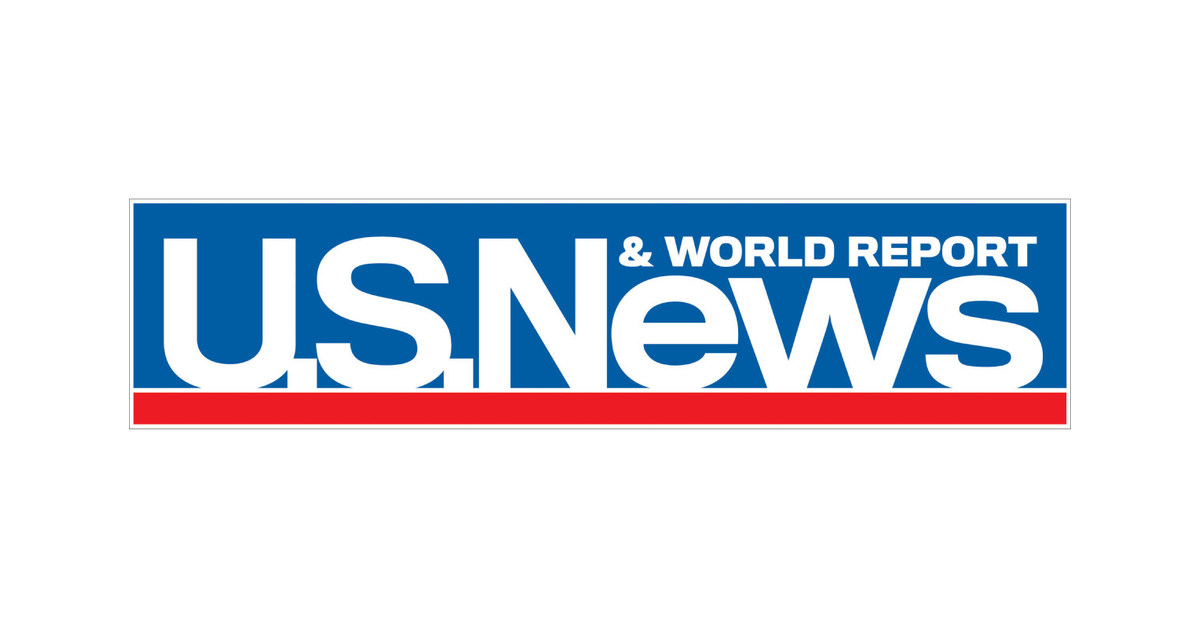Media. It has the power to shape how people understand risk and, just as importantly, how they respond to it. When it comes to extreme heat, the stories we tell can literally influence whether communities take protective steps or tune out.
But a recent study based on conversations with media professionals and public health communicators shows it’s not easy. Journalists are facing real hurdles. For starters, **audience disengagement** is a challenge. Too much negative or repetitive coverage can lead people to switch off, even when the risks are rising. Then there are **resource constraints**—shrinking newsroom staff and budgets that make it harder to cover heat consistently and in depth.
Another big one: **reaching diverse audiences**. If content isn’t multilingual, doesn’t reflect local experiences, or gets stuck behind social media algorithms, it misses the very groups often most vulnerable. And even when there’s a will to report, getting the right **data, experts, and visuals** can be tougher than it should be. Without those, stories risk downplaying or misrepresenting the seriousness of extreme heat.
The encouraging part is that the study doesn’t just point to problems—it highlights solutions. Imagine if real-time, accessible platforms gave journalists a direct line to reliable data and expert voices. Or if newsrooms leaned into more solution-oriented, locally rooted storytelling that actually resonates with the communities most affected. Add in multilingual content, relatable local experts, and opportunities for training to strengthen climate literacy, and the picture looks very different.
At the end of the day, covering extreme heat isn’t just about tracking temperatures—it’s about protecting public health and safety. The way we tell these stories matters, and with collaboration, better tools, and more inclusive approaches, media can play a crucial role in helping communities adapt.
#ClimateCommunication #ExtremeHeat #PublicHealth #JournalismChallenges #MediaLiteracy #ClimateReporting #InclusiveJournalism


